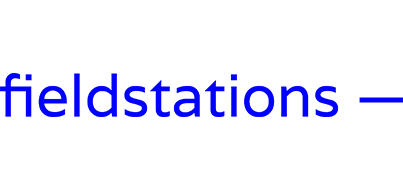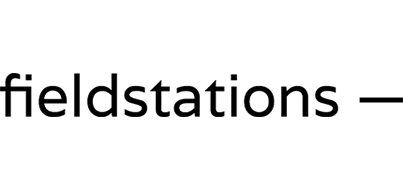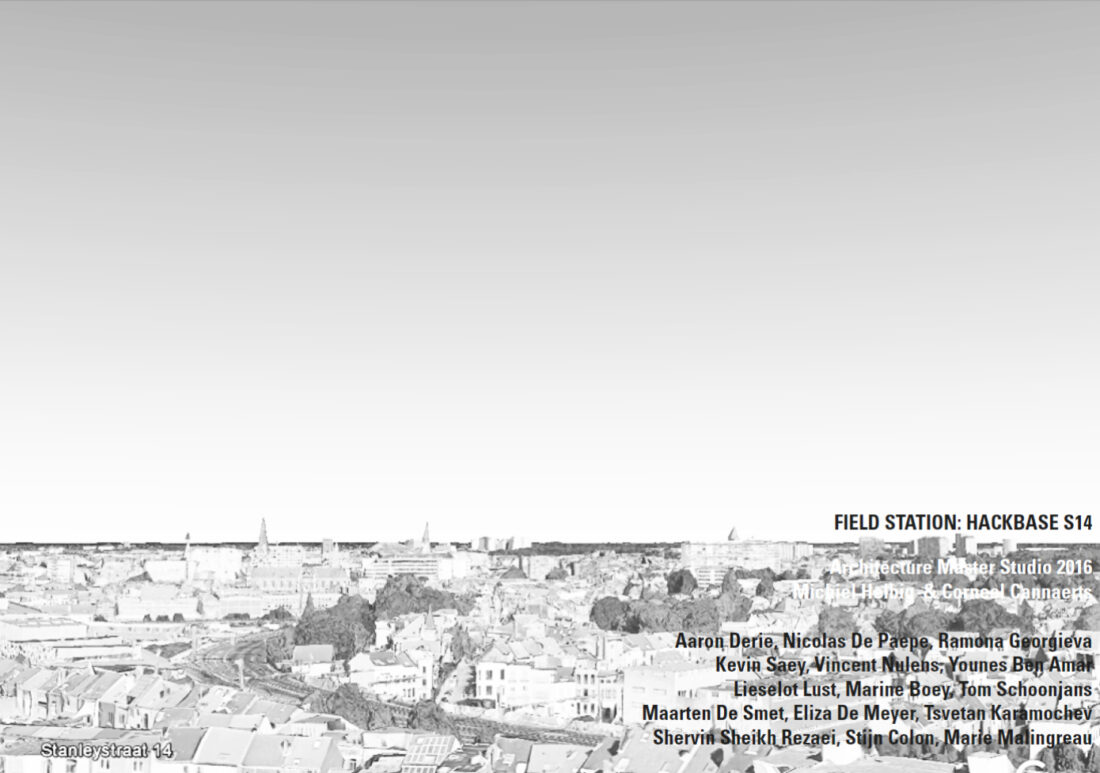Hackbase S14
KU Leuven | Field Station Ghent
Architecture Master Design Studio 2016
Michiel Helbig, Corneel Cannaerts
Students: Aaron Derie, Nicolas De Paepe, Ramona Georgieva, Kevin Saey, Vincent Nulens, Younes Ben Amar, Lieselot Lust, Marine Boey, Tom Schoonjans, Maarten De Smet, Eliza De Meyer, Tsvetan Karamochev, Shervin Sheikh Rezaei, Stijn Colon, Marie Malingreau
BRIEF
As a consequence of the various contexts outlined Field Station Studio does not operate in an academic vacuum but in the expanded field, exploring potential and addressing real world challenges. The studio operates as a non-hierarchical platform for sharing and developing ideas and collaborate with external partners, next to developing individual projects there will be collective and collaborative tasks, discussions, events, publications. Rather than finding resolute answers the studio aims to explore potential and raise questions: What role can architect play in this contemporary, layered and complex environment, in this expanded field? What can architecture learn from technological, social, cultural developments? How do we develop protocols, working models for operating within this expanded field? The assignment is split up in two parts, each focusing on part of the issues at hand.
anthropocene
disruptive
expanded field
exploration
future practice
hackbase
hacking
hyperconnectivity
master
media
model
NSA
open source
platform
potential
practice
prototype
technosphere
work
PART I: FIELD (STATION)
Starting from study trip to Field Station Berlin and reading, presenting and discussing examples and theoretical texts, the aim of the first part is to collectively identify, map and categorize potential layers that make up the expanded field for architecture. In groups of three, students develop a concept for Field Station, following questions help in driving this process: Which layer(s) of the expanded field does the Field station relate to? How does it relate other Field Stations? How does this field affect the architectural articulation of the station(s)? Which architectural parameters are influencing and defining the relationship between station and field? How does the field station relate to time? Which architectural strategies are employed?
The design is iteratively developed and results in a context less design, in the form of a series of prototypes for (a) Field Station(s). The assignment leads to catalogue of prototypes, their format, scale, the media used and nature of the output, twill depend on the content of the project.
PART II: (FIELD) STATION
In the second part an extensive workshop will introduce students to the concrete situation of S14, a hack base in Antwerp, an existing building with a given program, site, context, concept, people, ways of operating, building and making. In an individual exercise, the concepts and prototypes resulting from the first part will be further developed and implemented through the confrontation with this concrete situation, the questions and potential it raises and developed into a proper architectural proposal. The nature of this project and to what aspects of S14 it relates depends on the content of the project.
This design results in a concrete architectural proposal, documented as a conventional project, with a complete set of drawings, details, models, and images.
REFERENCES
Allen, Stan. From Object to Field: Field Conditions in Architecture, in AD magazine/After Geometry, 1997
Shanon Mattern, Cloud and Field, On the resurgence of “field guides” in a networked age. Places journal, August 2016
Unknown Fields Division, Tales from the Dark Side of the City, AA Publications 2016
Bratton, Benjamin H. The Stack: On Software and Sovereignty. Cambridge, Massachusetts: MIT Press, 2015.
Kruk, Vinca, Daniel van der Velden, and Metahaven, eds. Black Transparency: The Right to Know in the Age of Mass Surveillance. Berlin: Sternberg Pr, 2015.
Papapetros, Spyros, and Julian Rose, eds. Retracing the Expanded Field: Encounters between Art and Architecture. Cambridge, Massachusetts: The MIT Press, 2014. Print.
Ratti, Carlo, and Matthew Claudel. Open Source Architecture. London: Thames & Hudson, 2015.
Turpin, Etienne, ed. Architecture in the Anthropocene: Encounters among Design, Deep Time, Science and Philosophy. London: Open Humanities Press, 2013.
back and cover, Maria Reiche in Peruvian Dessert, Bruce Chatwin 1989




